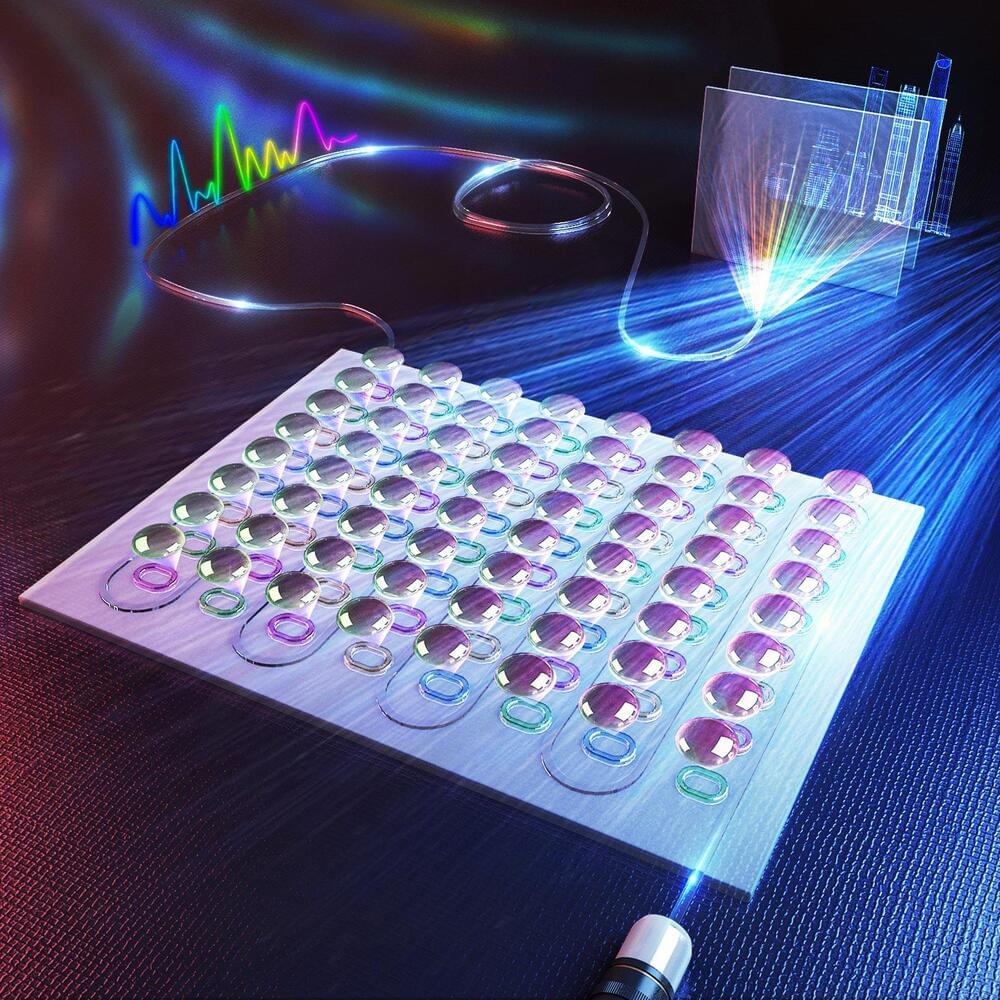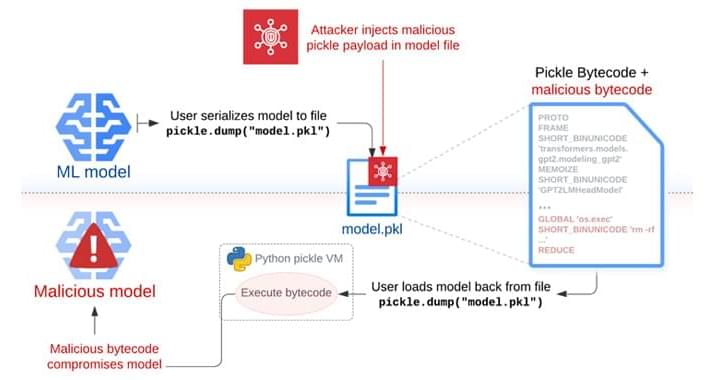Researchers have developed a new intelligent photonic sensing-computing chip that can process, transmit and reconstruct images of a scene within nanoseconds. Credit: Wei Wu, Tsinghua University.
Researchers have created a photonic chip capable of processing images at nanosecond speeds, significantly faster than current methods. This chip enhances edge intelligence by integrating AI analysis directly into optical processing, potentially transforming applications such as autonomous driving.
Researchers have demonstrated a new intelligent photonic sensing-computing chip that can process, transmit and reconstruct images of a scene within nanoseconds. This advance opens the door to extremely high-speed image processing that could benefit edge intelligence for machine vision applications such as autonomous driving, industrial inspection and robotic vision.






